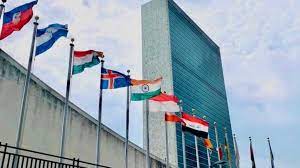
Pic Courtesy (internet) Chintan India foundation
Understanding Multilateralism: Definition and Contours
In international relations, multilateralism refers to an alliance of multiple countries (group of three or more) pursuing a common goal. Multilateralism is often defined in opposition to bilateralism and unilateralism. Nevertheless, this “quantitative” definition is not sufficient to capture the nature of multilateralism.
Multilateralism involves adherence to a common political scheme based on the respect of a shared system of norms and values. Its operation is determined by collectively developed rules that ensure sustainable and effective cooperation.
Multilateralism is therefore both a method of cooperation and a form of organization of the international system.
At the very core of multilateralism lies an interdependency that is key to the equilibrium needed to maintain peaceful global existence.
In particular, multilateralism is based on founding principles such as consultation, inclusion and solidarity. It guarantees all actors the same rights and obligations. Multilateralism gives small powers a voice and influence that they could not otherwise exercise.
Multilateralism is also a dynamic historical process, which cannot be dissociated from the context in which it takes shape.
Multilateralism may be at a global level involving several nations acting together, as in the United Nations (UN) and the World Trade Organization, or may be at regional level involving regional or military alliances, pacts, or groupings, such as NATO.
